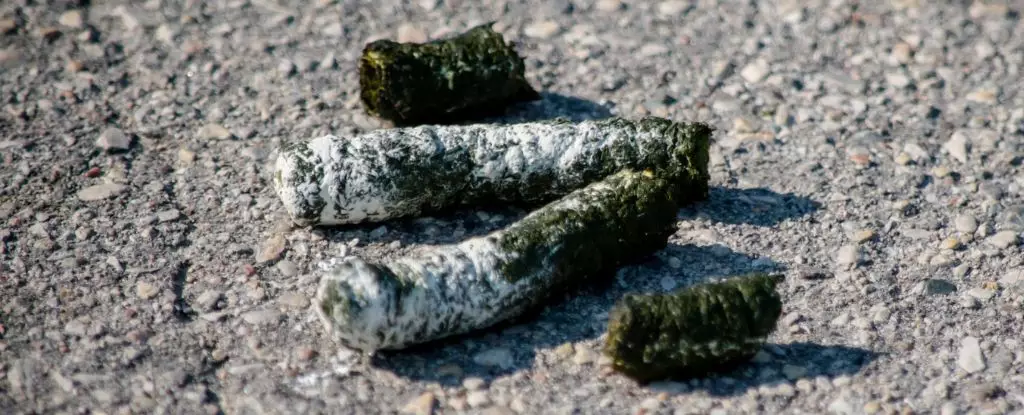In an era where antibiotic resistance poses grave threats to global health, innovative approaches to sourcing new antimicrobial agents are more critical than ever. A recent initiative in Chicago showcases this burgeoning need by integrating middle school students into vital scientific research. During a hands-on educational outreach program, one particularly daring student brought a seemingly gross yet scientifically invaluable sample—a handful of goose droppings—into the classroom. Under the mentorship of researchers from the University of Illinois, this unique experiment gave rise to discoveries that could pave the way for groundbreaking advancements in medicine.
When the student presented the goose feces, they weren’t just sharing an unsightly biological artifact; they were introducing a potential goldmine in the field of microbiology. The bacteria residing within the droppings were subsequently isolated and identified as a species known as *Pseudomonas idahonensis*. Researchers discovered that this novel bacterium possesses extraordinary antibiotic properties, managing to inhibit over 90 percent of the growth of a troublesome gram-positive bacterium known for causing skin infections. This finding is crucial, as bacterial infections remain a leading cause of morbidity and mortality across the globe.
The implications of this discovery don’t end with antibiotic activity—this particular strain of *Pseudomonas* also produces a unique natural compound called orfamide N. As it turns out, this compound is unfamiliar to the scientific community, marking a significant contribution to the existing body of knowledge. Orfamide N has shown promise in preliminary tests against cancer cells, particularly those related to melanoma and ovarian cancer. The sheer potency of such compounds puts an exciting spin on our understanding of natural remedies, hinting at their potential in treating conditions traditionally managed by pharmaceuticals.
The outreach program’s structure was designed not only to engage students in the scientific process but also to inspire future generations to engage with STEM fields. By researching their local environment for bioactive compounds—much like amateur scientists diving into the unknown—students are encouraged to develop a sense of curiosity and ownership over their findings. Through meticulous guidance, the young biologists learned to safely cultivate bacteria and select samples worthy of further scientific inquiry.
Participating in such a project allows students to experience first-hand the rigors and excitement of scientific discovery. With patience and practice, they learn that even something as trivial as animal waste can hold remarkable potential for innovation. The ability of a middle schooler to contribute to a peer-reviewed publication, earning authorship alongside professional researchers, not only inspires confidence but also nurtures a longstanding commitment to science.
Discoveries like those from this Chicago initiative are not merely academic; they represent critical steps toward counteracting the looming threat of antibiotic resistance. While advances in pharmaceutical research have slowed, nature remains a vast, largely untapped source of new antibiotics. Historical data reveal that the fervor for natural product discovery peaked in the 1950s, but has since dwindled, leaving a significant gap in our medicinal arsenal. As pathogens evolve and adapt, seeking new routes through environmental samples may unlock ancient secrets held within the biosphere.
However, the road to fully understanding and developing new antibiotics is arduous. Since only one of the 14 environmental samples examined yielded promising results, the challenging nature of microbiological research is laid bare. The act of uncovering a compound that might lead to a lifesaving antibiotic can take years of rigorous testing, often punctuated by setbacks and failures.
While the future of antibiotic development is fraught with challenges, the exploration of nature to discover new therapeutic agents brings hope. The synergy between educational initiatives, like the one in Chicago, and cutting-edge research can bridge gaps in our understanding and lead to miraculous breakthroughs. The nurturing of young, inquisitive minds in the realms of microbiology and medicine ensures a continued commitment to probing the mysteries of the natural world. Who knows what else may lie hidden beneath the surface, particularly in the humblest of places?
As we reflect on the remarkable discovery stemming from one student’s unique offering, let it serve as a reminder that exploration often begins with curiosity and a bit of courage. This story speaks not just to the potential of nature but to the boundless curiosity that can be sparked in the next generation of scientists.

Leave a Reply